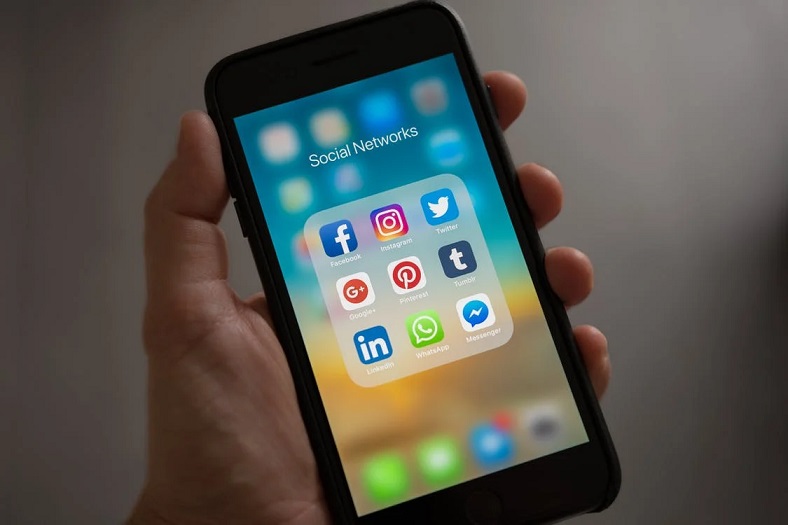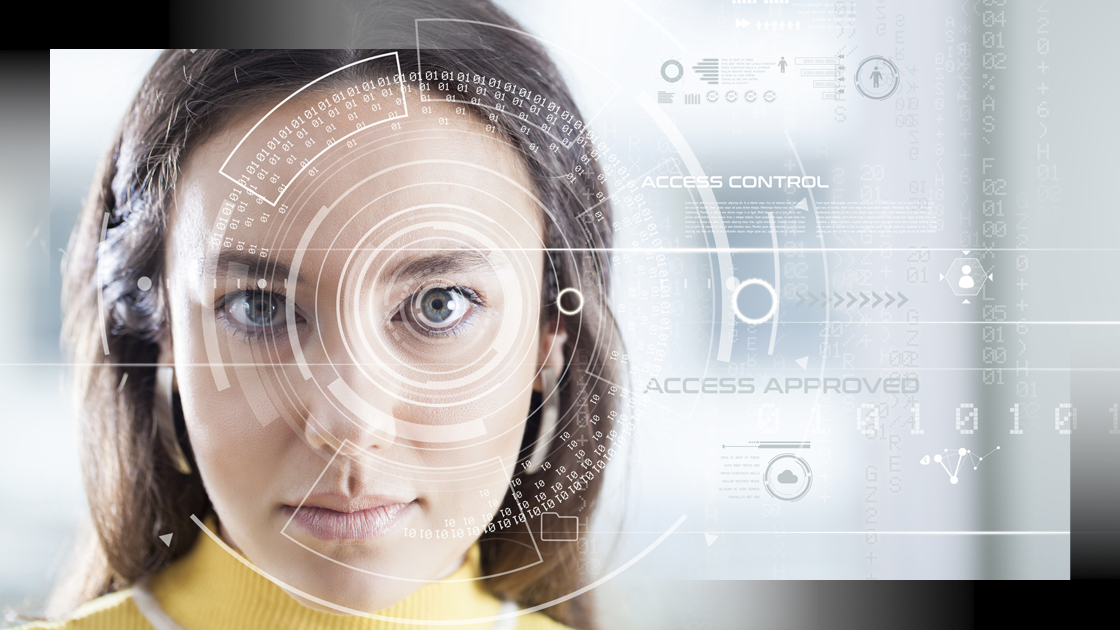When thinking of facial recognition technology, the first thought that comes to mind may be the biometrics used to log in to mobile devices. However, it has been around since the 1800’s and is used for many purposes such as access management and security. Over the past decade, facial recognition has developed massively including:
- Social media
- Phone unlocking
- Airport security
- Retail
- Banking
- Construction
But what is facial recognition? Discover more about this technology.
What is facial recognition?
Facial recognition is a biometric system used to match a digital face with a human face using advanced technology. It works by measuring the distance between different features on a person’s face, such as nose to mouth. Then compare the information with known faces on a database to find an exact match. This system is used in a range of situations such as :
- Airport security
- Bank accounts
- Unlock phones
- Retail crime prevention
- Missing persons
- Track attendance
- Law enforcement
- Access to construction sites
Development
Social media
Facial recognition is very important in areas of social interaction and safety. In the past 10 years, the technology has massively improved with error rates decreasing and accuracy increasing. In 2014, the failure rate was 4%, whereas in 2018 the failure rate was 0.2%, highlighting the great shift in improvements over just a four year period.

Phone unlocking
One of the largest shifts in the use of facial recognition includes phones and social media. In 2010, Facebook began to implement this technology to identify people in pictures uploaded to the site. Millions of photos are uploaded every day and Facebook is able to recommend tagging people through the recognition of faces on their database. In addition, the facial unlocking feature was first introduced in 2011 on the Android 4, although this initially did not take off as it stored a face as a 2D image which wasn’t very secure. It was only when this was released again with the iphone that it became a success in 2017. With their futuristic unlocking mechanism and advanced sensors, facial data is stored in 3D, making phones more secure.
Airports
From 2011, facial recognition started to get installed within airports to boost security and safety for passengers and staff. Since then it has become more widespread across large and busy airports, with a high degree of accuracy, there is less scope for passengers faking their identity. Using electronic gates to scan passengers’ passports and comparing it to the image a camera takes ensures that it is a match, if not the passenger will not be able to board a flight.
Retail
Over the last decade, facial recognition has also become more prominent within retail. Utilising this technology helps to prevent product loss in shops by minimising theft and creating a safer shopping environment. Even just the sight of a camera can deter someone from stealing. Often if someone is stealing from a store, it’s likely they have done it before, through facial recognition software it’s easier to recognise these people and monitor them as they enter the store.
Banking
In 2015, the use of biometric technology in banking began. Using facial recognition to login to banking apps without the use of a username or password. This helps to keep a person’s details secure, and safely verify their identity. It boosts efficiency and saves time, especially when being used to purchase goods at a shop.
Facial recognition has dramatically improved over the past decade, implementing the technology in a range of situations has helped to improve safety and efficiency. With the system only getting better and utilised in more places in the years to come.
